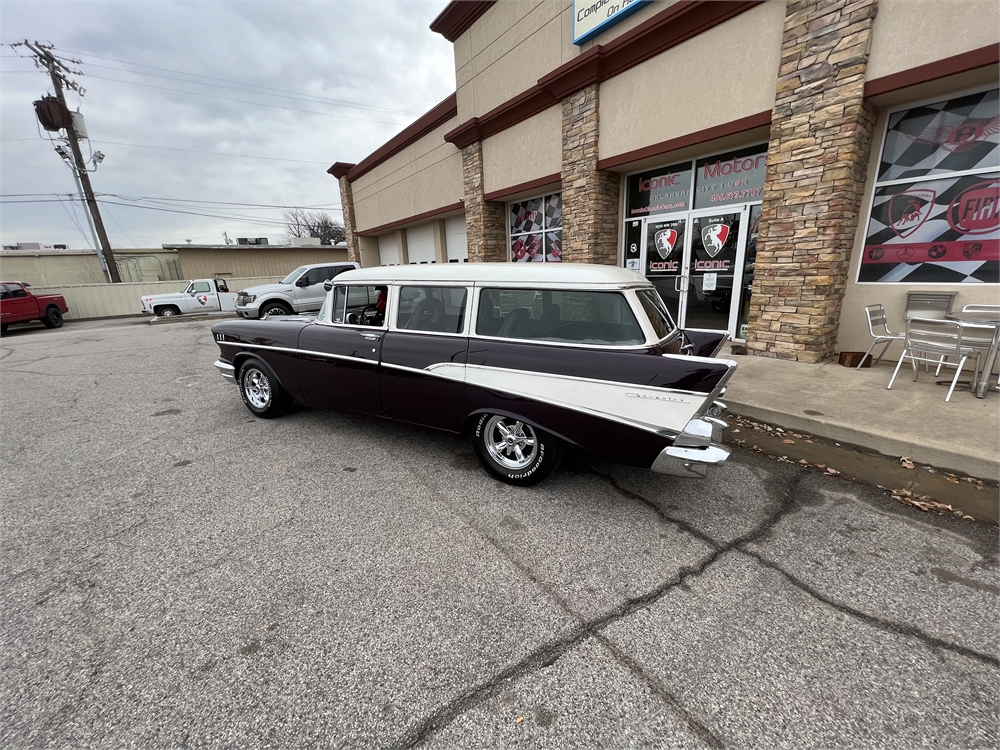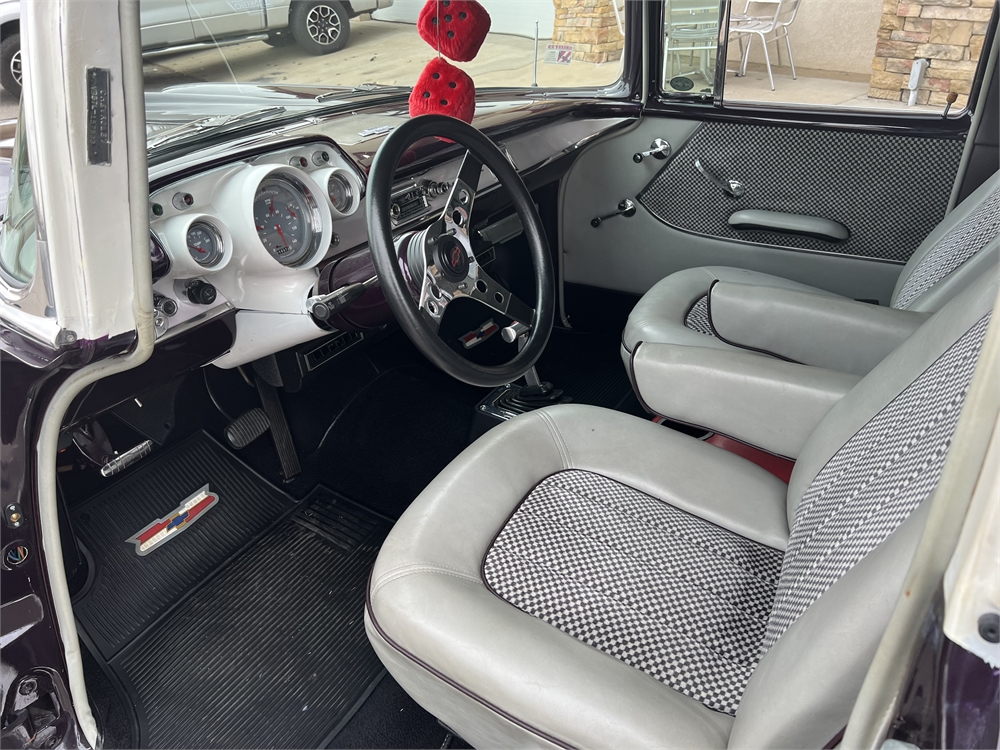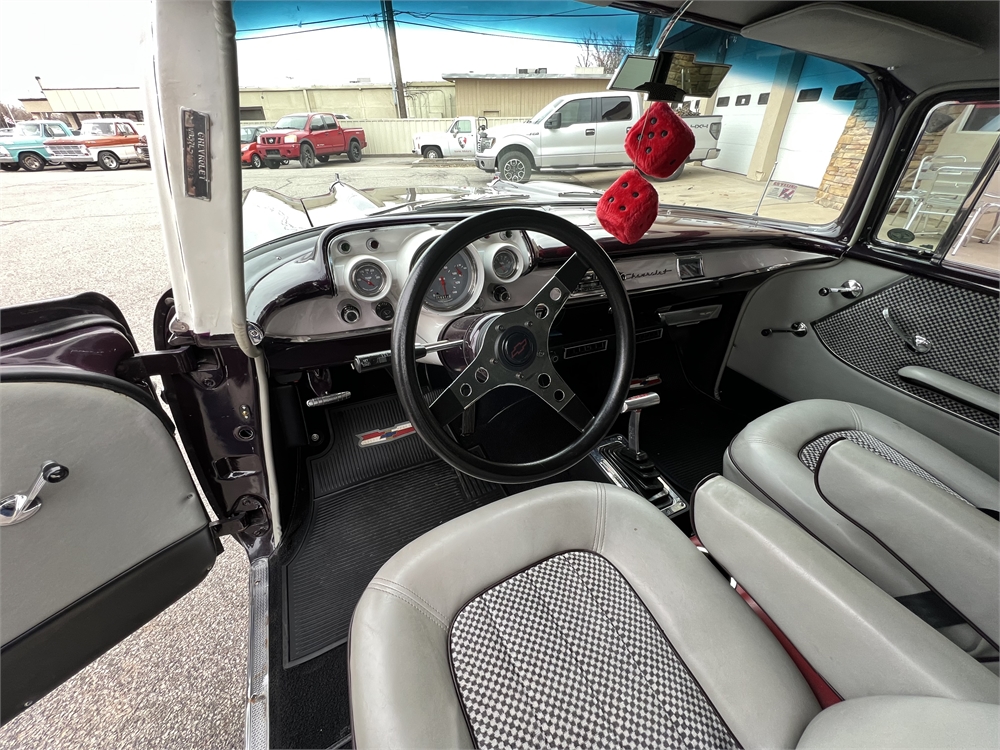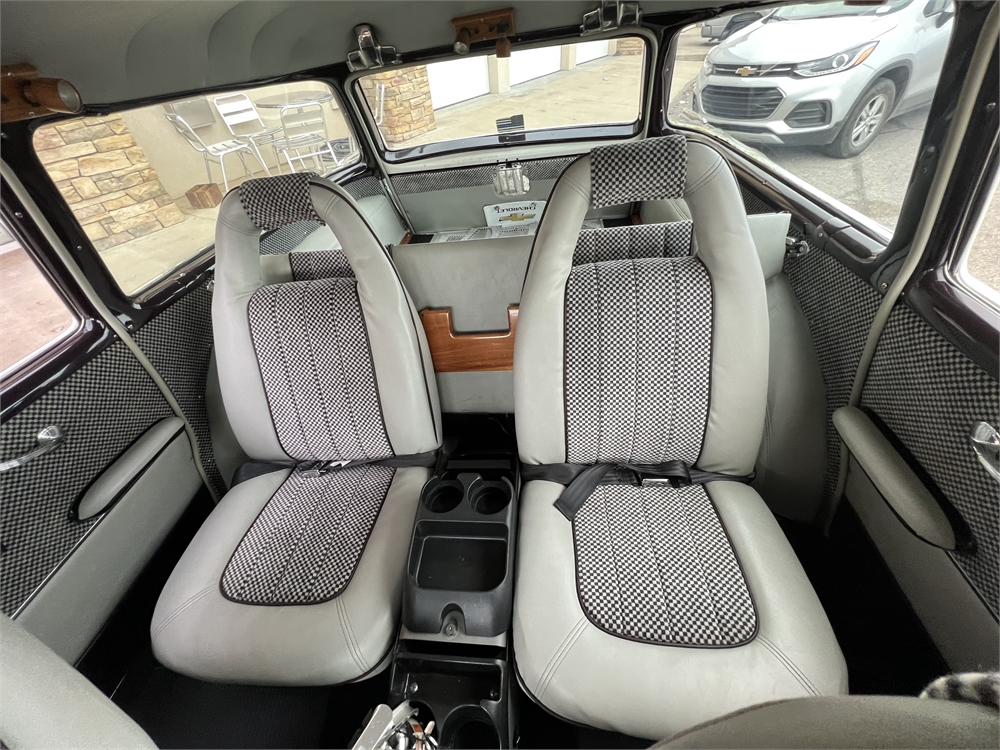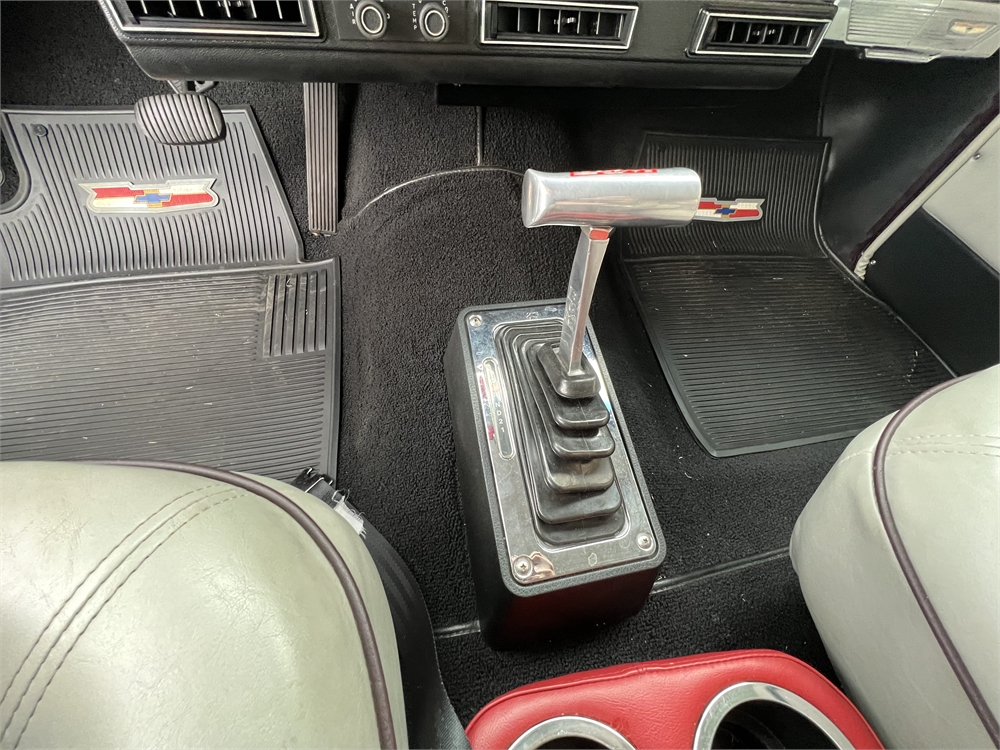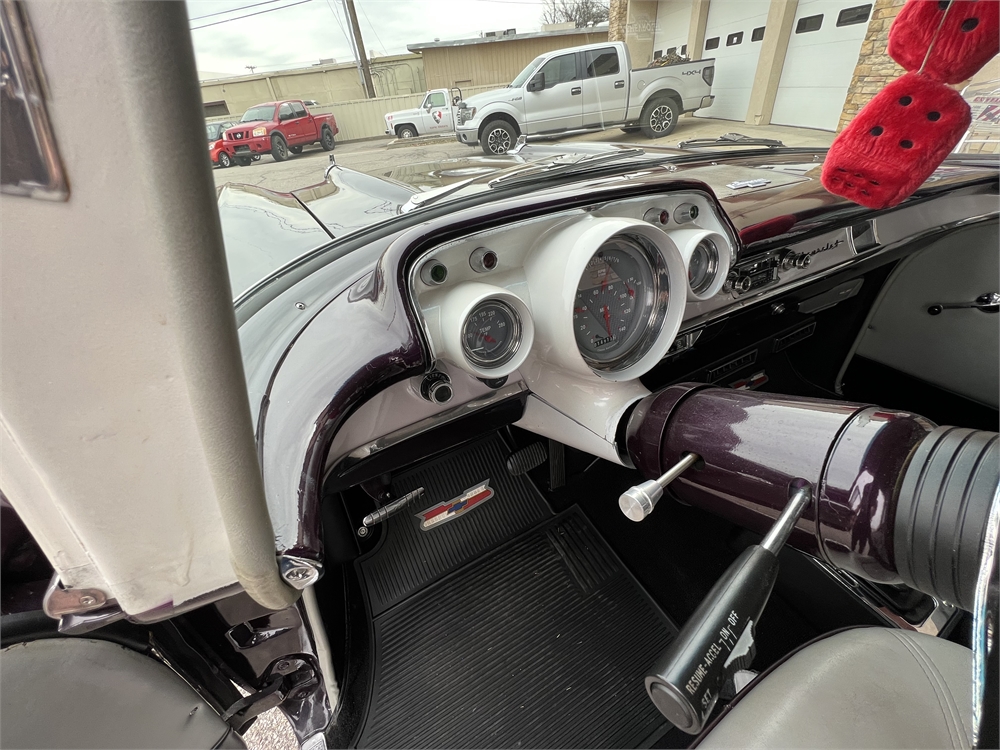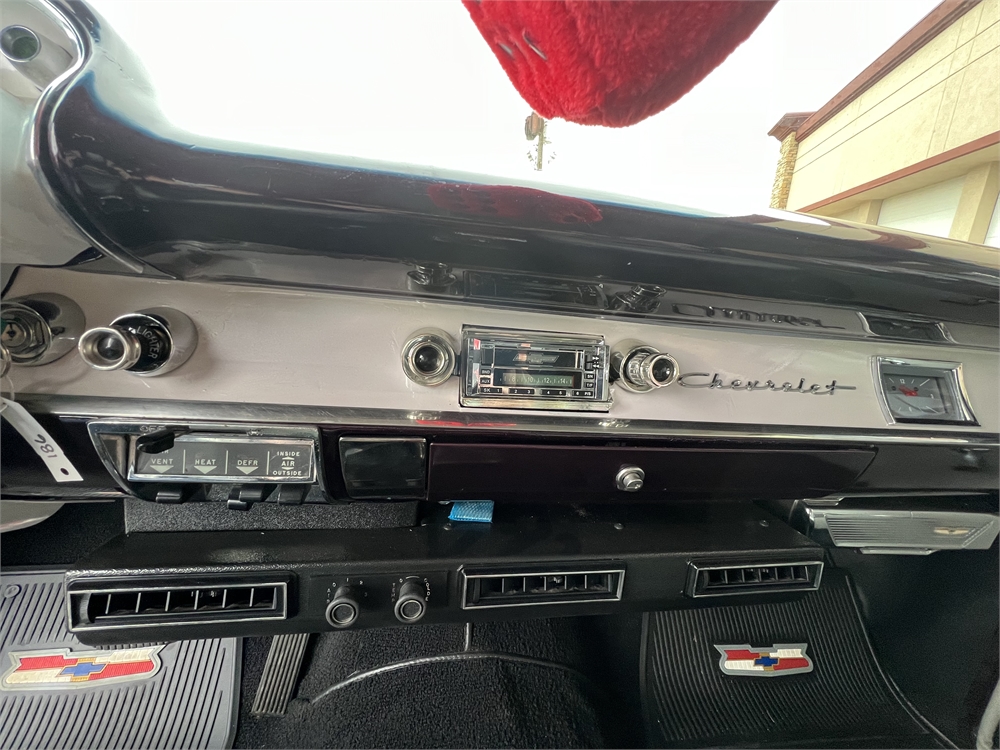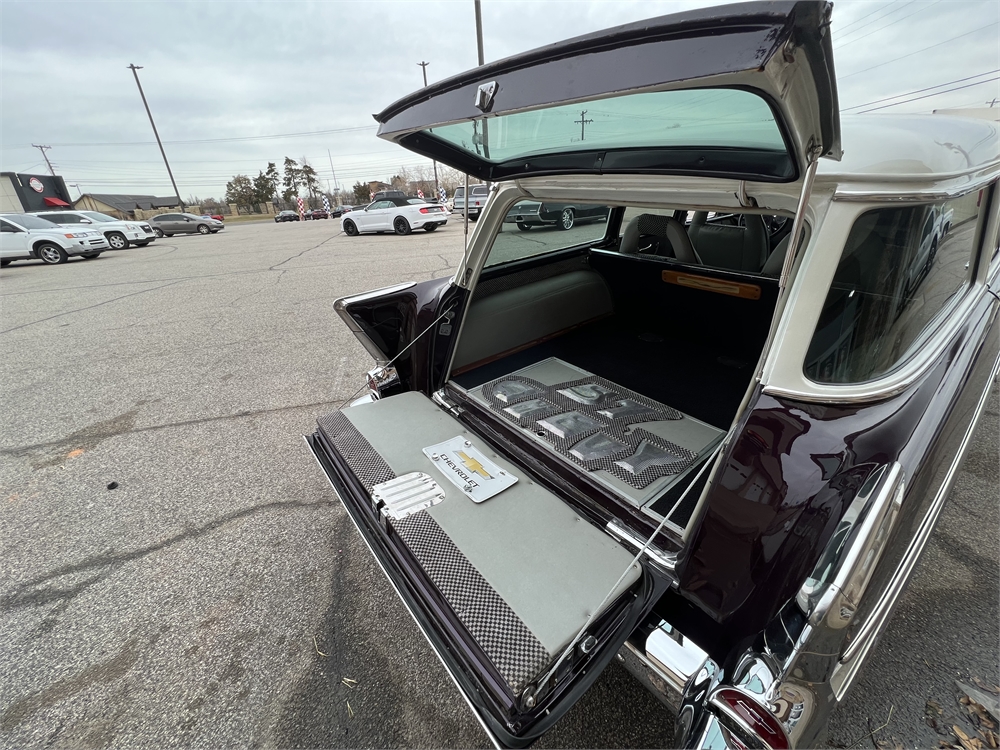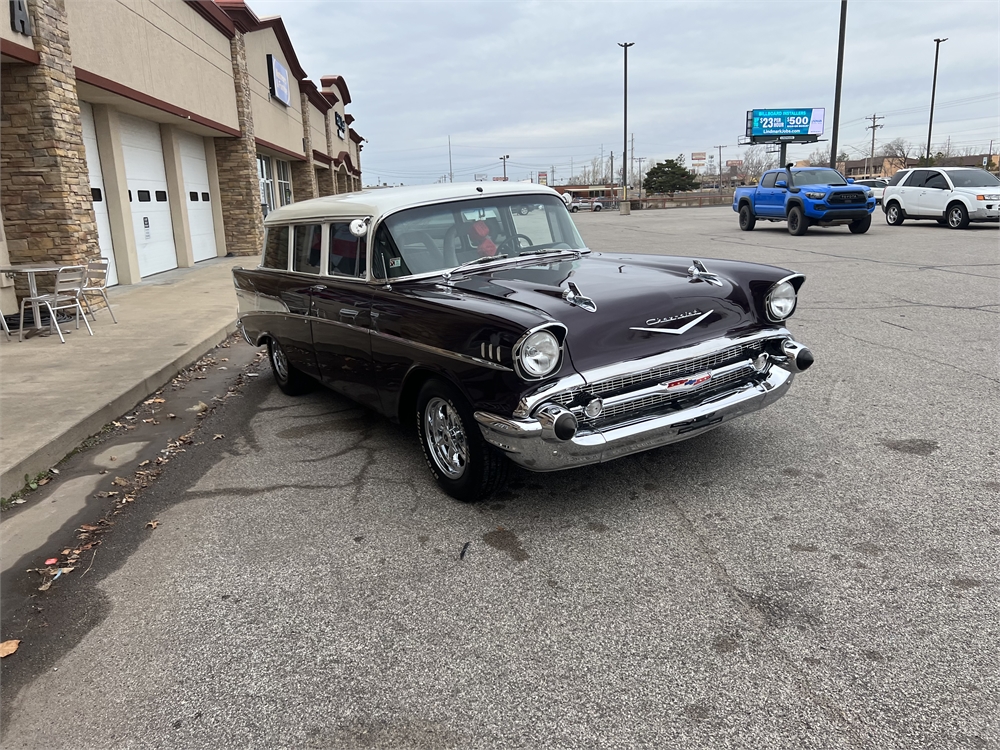Are you ready to embark on a journey back in time, to the golden age of American automobiles when power and style ruled the roads? In this article, we’ll delve into the captivating world of the 1957 Chevrolet 210 Townsman Wagon powered by a mighty 5.7L V8 engine. Buckle up, because we’re about to take you on a ride through history, power, and classic beauty. But first, let’s explore some intriguing blog post titles that are sure to rev up your engines on social media!
Unveiling the 1957 Chevrolet 210 Townsman Wagon
The 1957 Chevrolet 210 Townsman Wagon is a remarkable piece of American automotive history. It was a time when cars were not just modes of transportation but reflections of a society’s spirit. Let’s dive into the details and explore what makes this classic wagon so special.
The 5.7L V8 Engine: A Powerhouse of its Era
Under the hood of the 1957 Chevrolet Townsman Wagon lies a 5.7L V8 engine, a true powerhouse of its era. This engine was a game-changer, offering drivers an impressive 185 horsepower, which was nothing short of extraordinary in the late ’50s. The V8 engine’s responsiveness and torque set a new standard for performance, making the 210 Townsman Wagon a force to be reckoned with on the road.
 Style That Transcends Time
Style That Transcends Time
The ’57 Chevrolet Townsman Wagon isn’t just about power; it’s also a style icon. Its sleek and eye-catching design, characterized by sweeping lines, bold chrome accents, and that iconic split front grille, continues to turn heads today. The classic two-tone paint options were a testament to Chevrolet’s commitment to blending elegance with ruggedness.
Interior Comfort and Spaciousness
Inside, the 210 Townsman Wagon boasts spacious and comfortable seating for both the driver and passengers. The wagon’s interior was meticulously designed for convenience, providing ample legroom and a rear cargo area that was perfect for family road trips.
Legacy and Collectibility
With its undeniable charm, the 1957 Chevrolet Townsman Wagon is a favorite among collectors. Owning one of these classics is like holding a piece of American history in your hands. The demand for well-preserved or restored models remains high, as enthusiasts seek to relive the glory days of Chevrolet’s iconic creation.
The ’57 Chevrolet Today
Fast forward to today, and the 1957 Chevrolet Townsman Wagon continues to capture hearts and imaginations. Enthusiasts and restoration experts work tirelessly to keep these classics on the road, ensuring that future generations can experience the magic of this automotive masterpiece.
The 5.7L-powered 1957 Chevrolet 210 Townsman Wagon isn’t just a car; it’s a symbol of an era. It represents an age when American automakers pushed the boundaries of design and performance. Today, this classic retains its allure and continues to inspire automotive enthusiasts worldwide.
Frequently Asked Questions
1. How much is a 1957 Chevrolet 210 Townsman Wagon worth today?
- The value of a ’57 Chevrolet 210 Townsman Wagon can vary significantly depending on factors like condition, rarity, and market demand. Well-preserved models can fetch substantial prices at auctions.
2. Are there any modern cars that pay tribute to the 1957 Chevrolet’s design?
- Yes, some modern cars incorporate design elements reminiscent of the 1957 Chevrolet, as a nod to the classic’s timeless style.
3. What is the fuel efficiency of a 1957 Chevrolet 210 Townsman Wagon with a 5.7L engine?
- The 1957 Chevrolet Townsman Wagon is known for its power, not fuel efficiency. It typically has a lower fuel economy compared to modern vehicles.
4. How can I find and purchase a 1957 Chevrolet 210 Townsman Wagon for restoration?
- You can search for ’57 Chevrolet 210 Townsman Wagons on classic car marketplaces, auctions, or connect with classic car dealers who specialize in vintage models.
5. Is it difficult to maintain a 1957 Chevrolet Townsman Wagon in good condition?
- Maintenance can vary depending on the car’s current condition and your level of expertise. Some owners enjoy the hands-on experience, while others opt for professional restoration services.
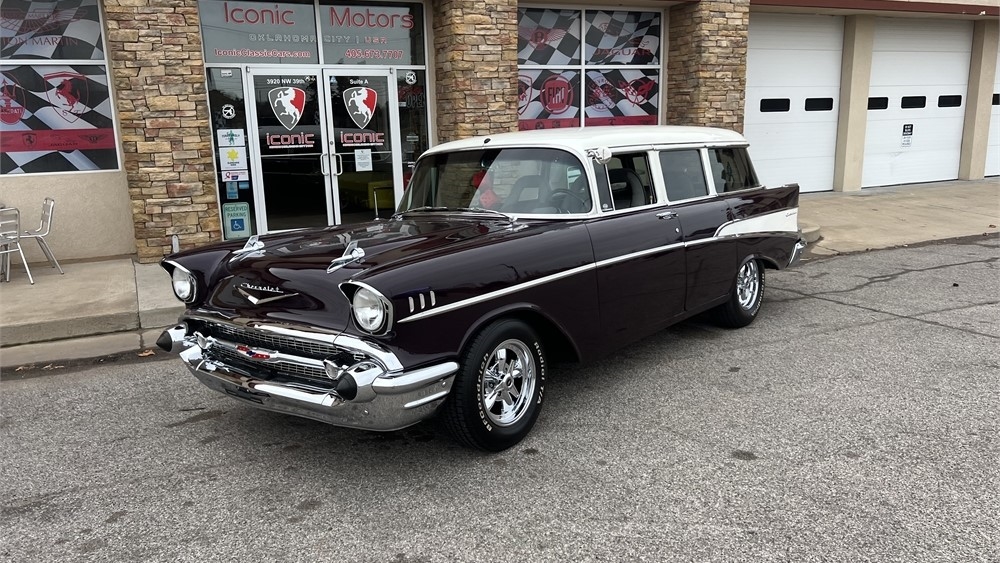
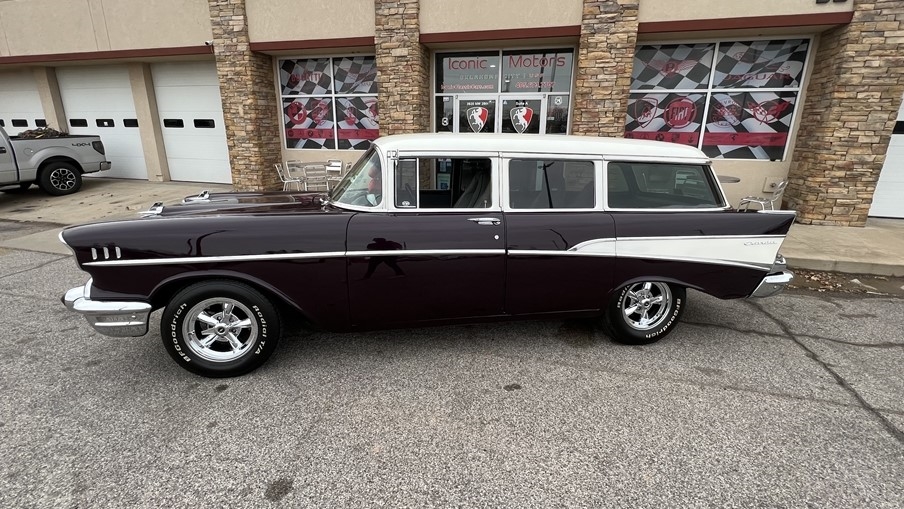
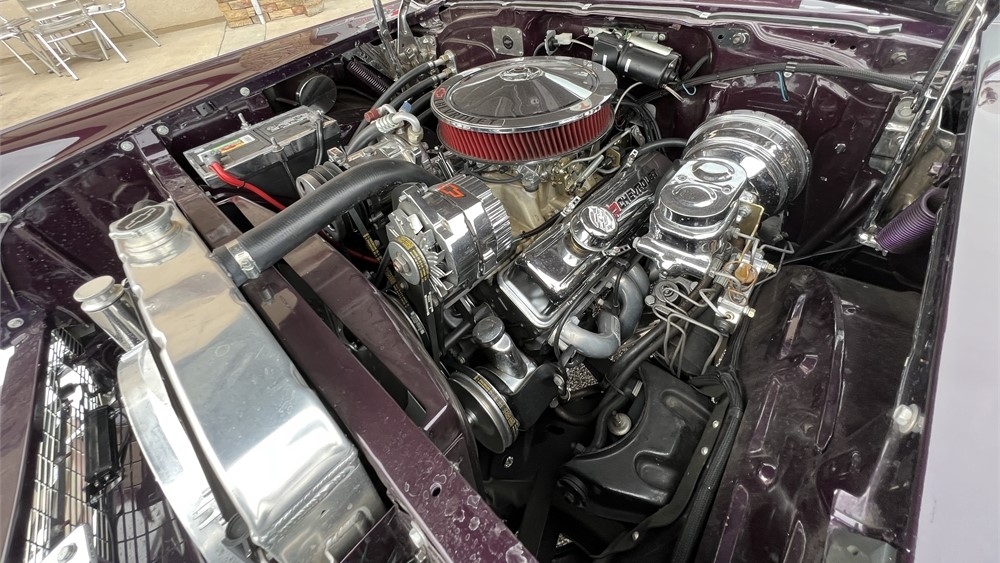 Style That Transcends Time
Style That Transcends Time